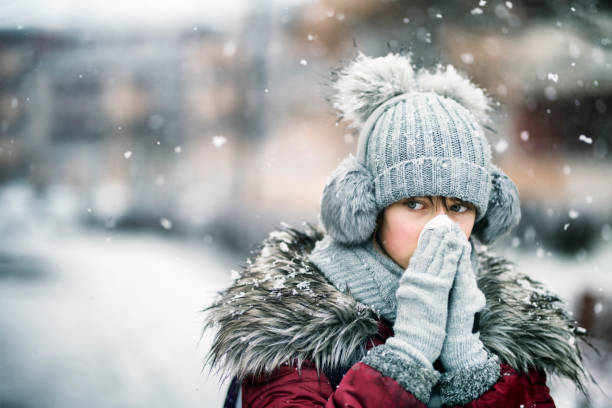When cold weather sets in, commercial buildings face a unique set of challenges that can disrupt operations, increase costs, and pose safety risks to employees and visitors. From frozen pipes to inefficient heating systems, the winter season can expose vulnerabilities in building infrastructure that, if not addressed, could lead to expensive repairs and downtime. Preparing your commercial building ahead of time ensures comfort and efficiency, safety, and long-term sustainability. With a proactive approach, you can protect your investment and keep your business running smoothly even in harsh winter conditions.
Inspecting and Maintaining Heating Systems
One of the most critical steps in preparing for cold weather is ensuring your building’s heating system is in peak working condition. Commercial heating units often operate for extended periods during the winter, and any malfunction could quickly lead to discomfort and productivity losses. Schedule a professional inspection before temperatures drop to identify issues like worn-out parts, clogged filters, or inefficient boilers. Routine maintenance extends the lifespan of HVAC equipment while reducing energy costs by keeping the system efficient. Consider upgrading to programmable thermostats or smart building controls to manage indoor climate effectively, reduce waste, and maintain consistent temperatures across large spaces. Regular inspections are about performance and about preventing safety hazards such as carbon monoxide leaks.
Securing the Exterior and Roofing
Preparing the exterior of your building for cold weather is crucial to preventing damage and avoiding costly repairs. The roof, in particular, is vulnerable to snow buildup, ice dams, and fluctuating temperatures that can lead to leaks or structural issues. Before winter sets in, schedule an inspection to check for loose shingles, cracks, or worn flashing. Clearing gutters and downspouts ensures proper drainage and reduces the risk of ice-related problems. Many property owners rely on trusted residential and commercial roofing solutions to handle preventative maintenance and repairs, ensuring that their buildings remain protected. Addressing these exterior concerns early keeps your property safe, efficient, and resilient throughout the winter months.
Protecting Plumbing and Water Systems
Frozen pipes are a common winter risk that can result in costly damage and business interruptions. To prevent this, insulate all exposed pipes, like those located in unheated areas like basements, crawlspaces, or exterior walls. Make sure that sprinkler systems, fire hydrants, and water storage tanks are winterized, as these play a critical role in safety and compliance. Encourage staff to report any unusual sounds or water flow issues, which may indicate ice blockages forming in the system. Installing leak detection sensors or smart monitoring devices can provide an extra layer of protection, alerting you to problems before they escalate. Proactive measures like these help safeguard your property from severe water damage while keeping the building compliant with safety standards.
Enhancing Safety and Accessibility
Winter weather often brings icy sidewalks, slippery parking lots, and reduced visibility, all of which pose safety risks for employees, clients, and visitors. To mitigate these hazards, make sure your building’s snow removal and de-icing plans are in place before the first storm hits. Stock up on ice melt products and ensure maintenance teams are equipped with proper tools and protective gear. Adequate outdoor lighting around entryways, parking areas, and walkways improves visibility during the darker winter months, reducing the likelihood of accidents. Inside the building, use moisture-absorbing mats and signage near entrances to prevent slips from melting snow. By prioritizing safety and accessibility, you protect people and reduce liability risks, and maintain a welcoming environment for business activities.
Preparing your commercial building for cold weather challenges requires attention to heating systems, plumbing, roofing, and safety measures. By taking these proactive steps, businesses can avoid costly emergencies, enhance energy efficiency, and ensure uninterrupted operations during the winter months. A well-prepared building safeguards physical assets and supports a comfortable and secure environment for everyone inside.
Published by HOLR Magazine.




